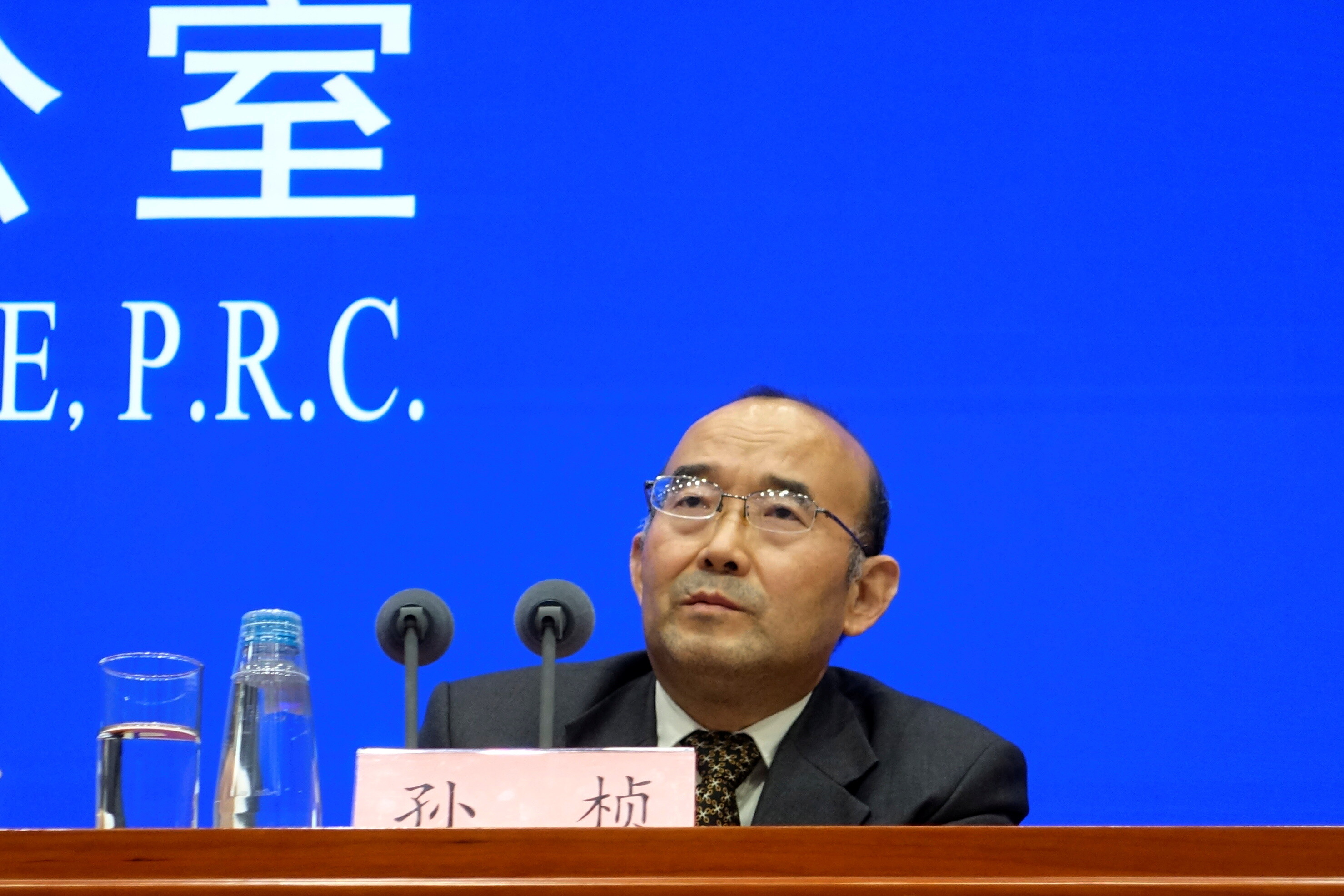Three reasons why international cooperation is key to unlocking the hydrogen energy economy

The collective effort needed to build a clean hydrogen energy system is already underway
Image: REUTERS/Alex Gallardo
Stay up to date:
Decarbonizing Energy
At no point in human history has the Earth been warmer than it is today. Responding to this generation’s greatest threat will require thoughtful, collaborative action - and fast. In December 2015, 196 countries came together at COP21 looking to solve this challenge. The resulting Paris Climate Agreement was an ambitious response to climate change with the overall aim of keeping the global temperature below 2˚C above pre-industrial levels by 2050. Now, four years later, we know accomplishing this goal can only be achieved through innovations in energy production as a result of collaboration between governments, global agencies and the private sector. Both will be essential if we are to meet the needs of modern society while limiting impact on the environment.
How hydrogen energy can help
Clean hydrogen energy - that is, hydrogen produced from renewable and low-carbon sources and/or produced with a low greenhouse gas footprint - can, as part of our primary world energy mix, help us achieve the Paris Agreement goals while creating jobs and bolstering economies. When produced from renewable and low-carbon sources such as solar or wind energy, hydrogen has zero CO2 emissions at the point of use. As noted by a recent McKinsey report, at scale, hydrogen energy could meet 18% of the world’s energy demand, create 30 million jobs and generate $2.5 trillion in sales, all while helping to abate 6 gigatons (Gt) of CO2 annually. These benefits will help us achieve the 2˚C scenario by mid-century. In the meantime, our job is to implement practical steps to get us there, with hydrogen leading the way.

Thankfully, investment in hydrogen energy technology is growing, innovative projects are underway, and key stakeholders - industry, governments and investors - are getting on board. The technology is mature and it is time to scale, but the key to a clean hydrogen economy is greater international and multilateral cooperation. Policymakers and industry leaders must work together if we are to mitigate the effects of and stop global warming. Governments have the power to set the rules and create a policy environment in which industry is empowered to accelerate hydrogen energy deployment. At the same time, industry players such as energy suppliers, utility companies and transport manufacturers must continue their commitment to develop and supply the technologies that will lead the world towards a cleaner future. Each has its own role to play, but public-private collaboration is the only way to turn the hydrogen economy from an idea into a real catalyst for the energy transition.
Here are three key reasons why international multilateral cooperation is needed to realise the benefits of global hydrogen deployment:
1) No one country or company can do it alone
To deal with global problems, you need global solutions, and no one company, industry or government will reach the Paris Agreement vision acting on its own. Private sector players are ready to mobilize large-scale capital to develop innovative products and technologies. They have identified the necessary financing instruments that will address risk-sharing and liquidity requirements for long-term infrastructure investments.
For their part, governments have a unique ability to level the regulatory playing field and create demand for increased investment and innovation, as well as decrease the costs associated with hydrogen energy production and distribution. For example, governments can create demand for infrastructure through public procurement of hydrogen-powered vehicles and fleet regulation. Such schemes have already been utilized in many countries to promote vehicle use and develop recharging infrastructure. These can jumpstart private investment and send a signal to producers to continue scaling up.
2) Cooperation works
We’ve already seen several examples of successful large-scale hydrogen energy projects made possible through direct government support, be it regulatory or financial, paired with industry innovation. And over the next five years the hydrogen energy industry will invest billions of dollars in deployment projects in Europe, Asia and North America that will demonstrate the key benefits hydrogen delivers across the value chain. Knowing this, the Hydrogen Council, a coalition of more than 50 multinational CEOs supporting hydrogen energy deployment, has already identified more than 20 flagship hydrogen projects that together will be responsible for 75 million tons of carbon abatement, and demonstrate public-private collaboration in action.

Those projects include the H21 Leeds City Gate Project, which will convert its pipeline network for 100% pure hydrogen use; H2 Mobility, which is on track to build and operate several hundred hydrogen stations in German metropolitan areas by 2023; and the Fukushima Hydrogen Project that looks to build an electrolysis plant for green hydrogen production using renewable electricity, turning Fukushima into a hydrogen energy supply centre.
All of these projects, and many more to come, demonstrate how government and industry cooperation leads the way for future ventures to be developed.
3) Cooperation inspires action
By working together, we hope to motivate additional stakeholders to follow suit. Developing, using and sharing the best examples of policy and financing tools will allow industry to scale up globally and attract new investment.
We need to break out of the classic ‘chicken and egg’ scenario where key players are waiting for someone else to make the first move. We have found that $280 billion in global investment is needed from now until 2030 to fully realise hydrogen’s role in the energy transition, and governments can work as true partners to create an investment environment that shares the risks. Creating appropriate regulatory frameworks would signal the need for and encourage long-term investment. It would also demonstrate a more serious commitment to energy and climate policy and the Paris Agreement vision.
Already, coordination initiatives have been launched at the regional and governmental level, including Mission Innovation, the Linz Declaration and the Tokyo Statement. In the EU, Germany, California and Japan, hydrogen energy is embedded in strategies to realise a cleaner energy future, and we believe there are more on the horizon.
We are operating in a complex ecosystem that will require the entire supply chain to act together. We need policies and incentives that make it possible for industry players to develop and deploy technology within and across regions, for investors to infuse capital in projects that need it most, and for civil society to access these innovations at a reasonable price.
Global problems need global solutions. Working together, we look forward to seeing hydrogen energy play an integral role in a cleaner future.
Don't miss any update on this topic
Create a free account and access your personalized content collection with our latest publications and analyses.
License and Republishing
World Economic Forum articles may be republished in accordance with the Creative Commons Attribution-NonCommercial-NoDerivatives 4.0 International Public License, and in accordance with our Terms of Use.
The views expressed in this article are those of the author alone and not the World Economic Forum.
Related topics:
Forum Stories newsletter
Bringing you weekly curated insights and analysis on the global issues that matter.
More on Energy TransitionSee all
Roberto Bocca
November 17, 2025
Andres Rebolledo Smitmans, David Rabley and Espen Mehlum
November 14, 2025
Rishika Daryanani, Daniel Waring and Tarini Fernando
November 14, 2025
Harsh Vijay Singh and Attilio Di Battista
November 14, 2025
Min HU
November 13, 2025






